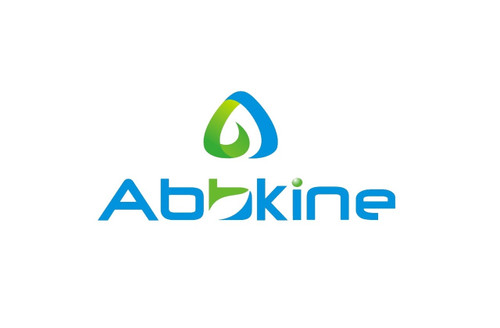Product Description
Human T cell immunoreceptor with Ig and ITIM domains (TIGIT) ELISA Kit | AE59653HU | Abebio
Species Reactivity: Human (Homo sapiens)
Abbreviation: TIGIT
Alternative Name: DKFZp667A205; FLJ39873; VSIG9; VSTM3; WUCAM; V-set and immunoglobulin domain containing 9|V-set and transmembrane domain containing 3|Washington University cell adhesion molecule
Application: ELISA
Range: 0.312-20 ng/mL
Sensitivity: 0.133 ng/mL
Intra-Assay: ≤5.6%
Inter-Assay: ≤10.2%
Recovery: 1, 08
Sample Type: Serum, Plasma, Other biological fluids
Detection Method: Sandwich
Analysis Method : Quantitive
Test Principale: This assay employs a two-site sandwich ELISA to quantitate TIGIT in samples. An antibody specific for TIGIT has been pre-coated onto a microplate. Standards and samples are pipetted into the wells and anyTIGIT present is bound by the immobilized antibody. After removing any unbound substances, a biotin-conjugated antibody specific for TIGIT is added to the wells. After washing, Streptavidin conjugated Horseradish Peroxidase (HRP) is added to the wells. Following a wash to remove any unbound avidin-enzyme reagent, a substrate solution is added to the wells and color develops in proportion to the amount of TIGIT bound in the initial step. The color development is stopped and the intensity of the color is measured.
Product Overview: TIGIT encodes a member of the PVR (poliovirus receptor) family of immunoglobin proteins. The product of this gene is expressed on several classes of T cells including follicular B helper T cells (TFH) . The protein has been shown to bind PVR with high affinity; this binding is thought to assist interactions between TFH and dendritic cells to regulate T cell dependent B cell responses. The predicted 244-amino acid TIGIT protein has a single Ig domain, followed by a type I transmembrane domain and a single intracellular immunoreceptor tyrosine-based inhibitory motif. It shares 88%, 67%, and 58% amino acid identity with its rhesus, dog, and mouse homologs, respectively.
Stability: The stability of ELISA kit is determined by the loss rate of activity. The loss rate of this kit is less than 5% within the expiration date under appropriate storage condition. The loss rate was determined by accelerated thermal degradation test. Keep the kit at 37°C for 4 and 7 days, and compare O.D.values of the kit kept at 37°C with that of at recommended temperature. (referring from China Biological Products Standard, which was calculated by the Arrhenius equation. For ELISA kit, 4 days storage at 37°C can be considered as 6 months at 2 - 8°C, which means 7 days at 37°C equaling 12 months at 2 - 8°C) .
 Euro
Euro
 USD
USD
 British Pound
British Pound
 NULL
NULL








